What Happens If Battery Water Is Low (Tips & Fixes)
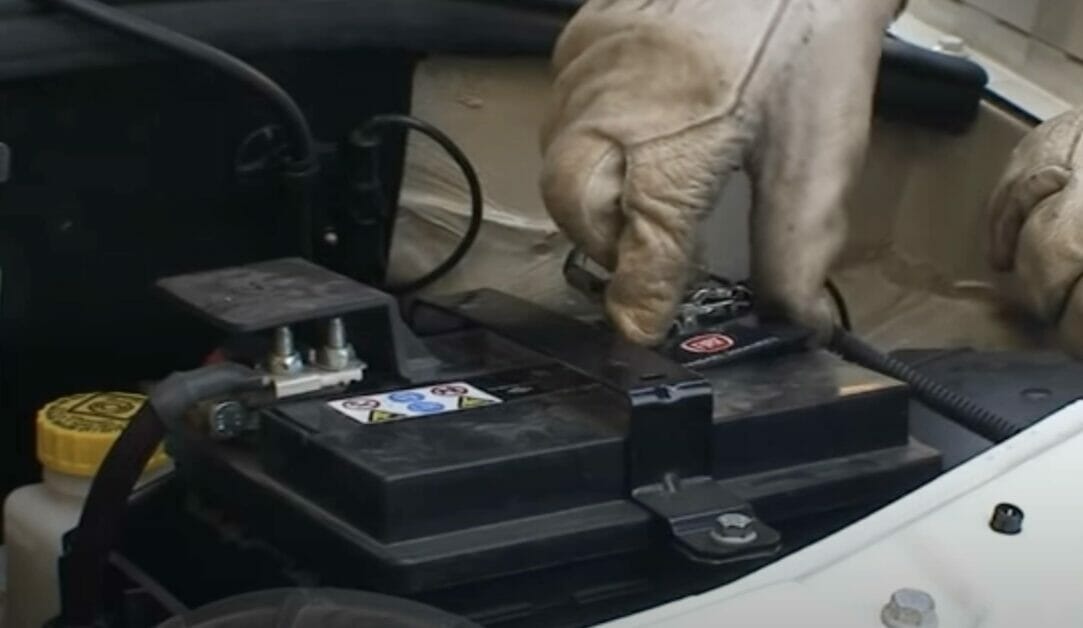
As someone who loves working with old cars, I know the importance of battery water levels.
Key Takeaways – When a car battery’s water level gets low, it can cause an imbalance in the electrolyte and acidic battery cells. This results in issues like sulfation and corrosion on the battery plates, which can seriously affect your vehicle’s performance.
So whether you’re a seasoned car enthusiast or just someone looking to maintain their trusty ride, understanding the effects of low battery water is crucial to keeping your vehicle in peak condition.
Effects of Low-Battery Water
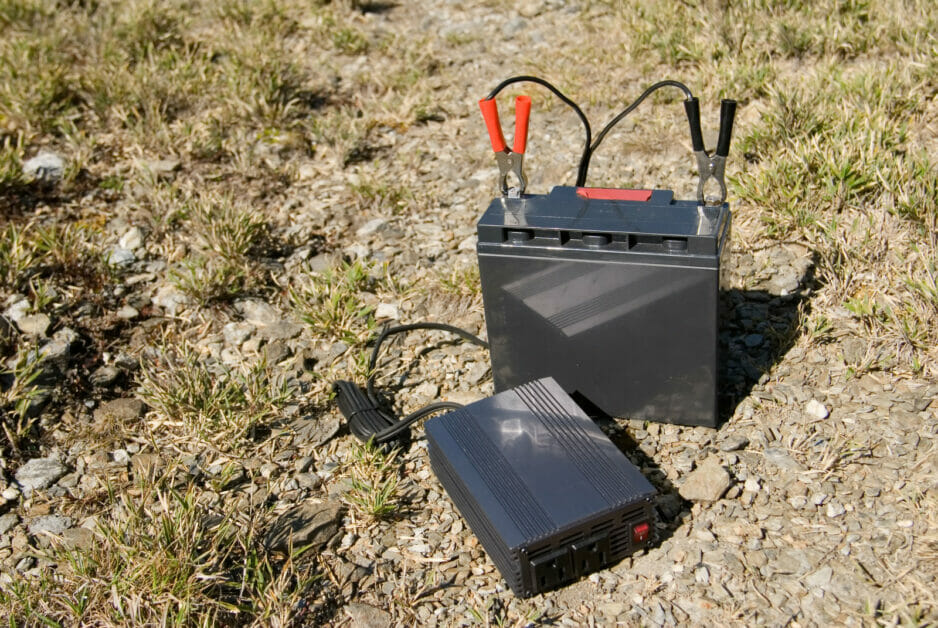
You might not realize it, but this seemingly small issue can cause big problems. Let’s break it down.
Corrosion
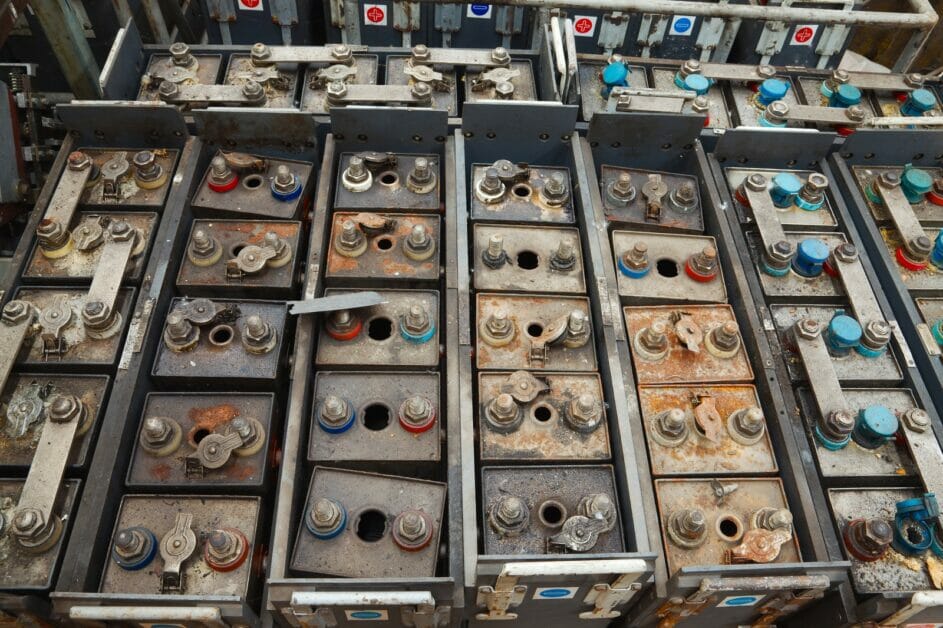
When the water level in your battery gets too low, your battery’s lead plates start losing their charm. They must be submerged in water to avoid touching each other and causing a short circuit.
What happens when the water levels drop? Well, these get corroded.
And once corrosion starts, it’s like a snowball effect, my friends: more corrosion leads to more damage, and that’s just not what you need with your car.
Battery Failure
Now, onto the big one: battery failure. Let me be honest: having low water levels in your battery can cause premature battery failure. Why, you ask?
When your battery water is low, the electrolyte concentration inside the battery gets all wonky. This lovable mixture of sulfuric acid and water is responsible for generating electricity.
The low water level, however, causes the lead plates to corrode faster, leading to sulfation and an inability to charge, store, and discharge power efficiently.
Add the risk of your battery overheating as the electrolyte levels drop, and you have a ticking time bomb!
Comparative Effects of Low-Battery Water
| Problem | Effects Without Low Water | Effects of Low Water |
|---|---|---|
| Corrosion | Minimal, as the water protects lead plates | Significant, leading to battery damage and potential failure |
| Battery Efficiency | Optimal, as electrolyte concentration remains balanced | Reduced due to increased sulfation and the battery’s inability to efficiently store and discharge power |
Symptoms of Low Battery Water
I’ve noticed a few symptoms you might face when your car battery is low on water; trust me, it’s not fun. Let me break it down with sub-sections to help you better understand what’s happening under the hood.
Dashboard Battery Indicator
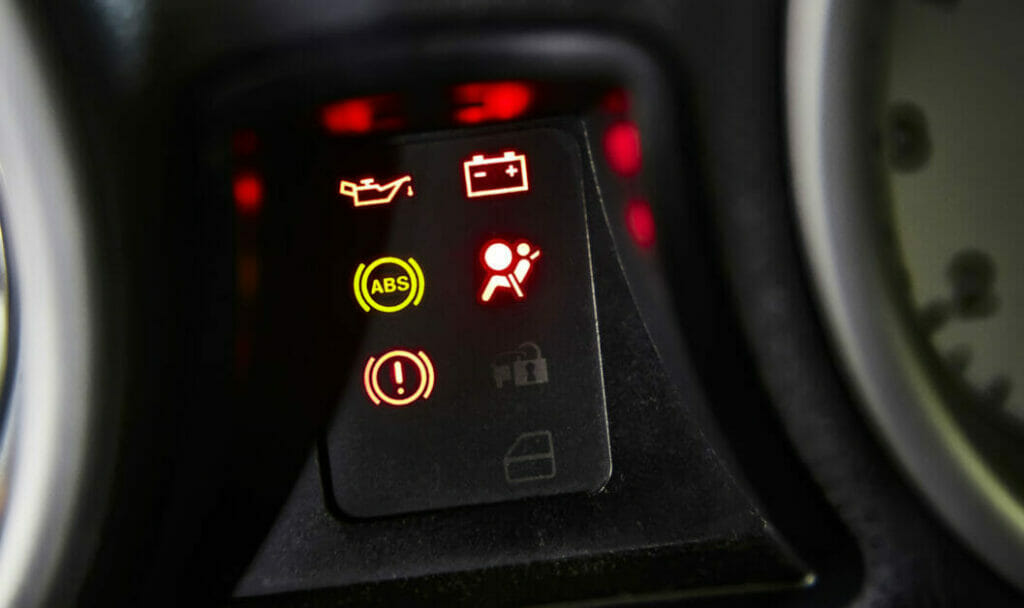
One of the first things you might notice when the car battery is low on water is the dashboard battery indicator turning on.
This little yellow or green light is your car’s way of telling you the battery isn’t right.
Watching it and taking action before you end up stranded is always a good idea!
Slow Crank
Another common symptom of low water in a car battery is the slow crank. When you turn the ignition, and the car struggles to start, that’s a slow crank.
It’s like your car is saying, “Come on, give me some juice!” This slow crank could indicate that your battery is running low on water and has reduced capacity, limiting its ability to start the car efficiently.
So, what can we do about these symptoms? Don’t worry; I’ve got you covered! The good news is that topping off your battery water is relatively easy.
With just a few simple steps, you can have your car running smoothly and say goodbye to those pesky low water symptoms.
Checking and Adding Water to the Battery
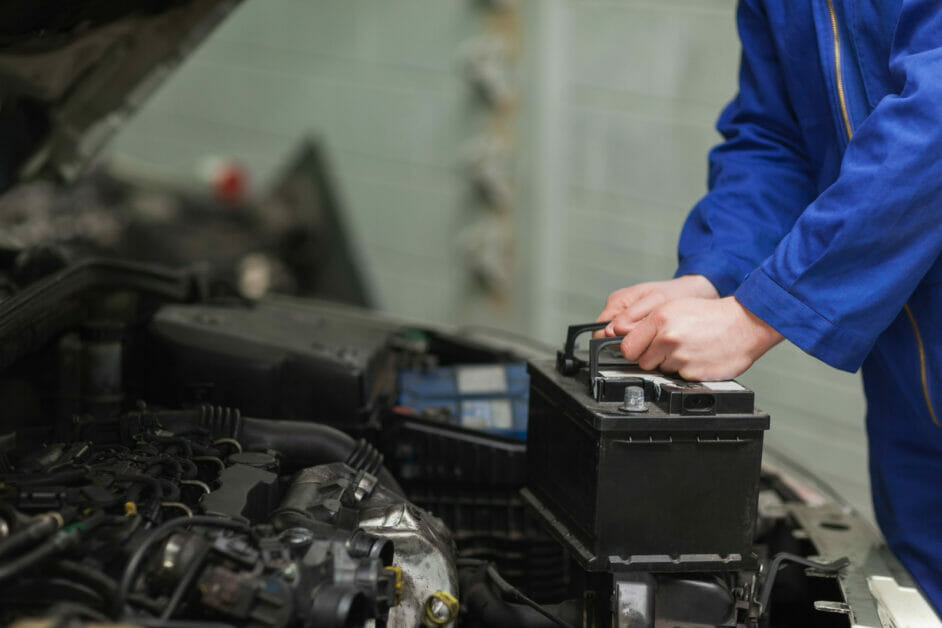
Safety Precautions
First thing’s first: safety. When dealing with batteries, you’ve got to remember you’re handling a potentially dangerous device.
Always wear gloves and eye protection to avoid any unwanted accidents with corrosive battery acid.
Water Types to Use
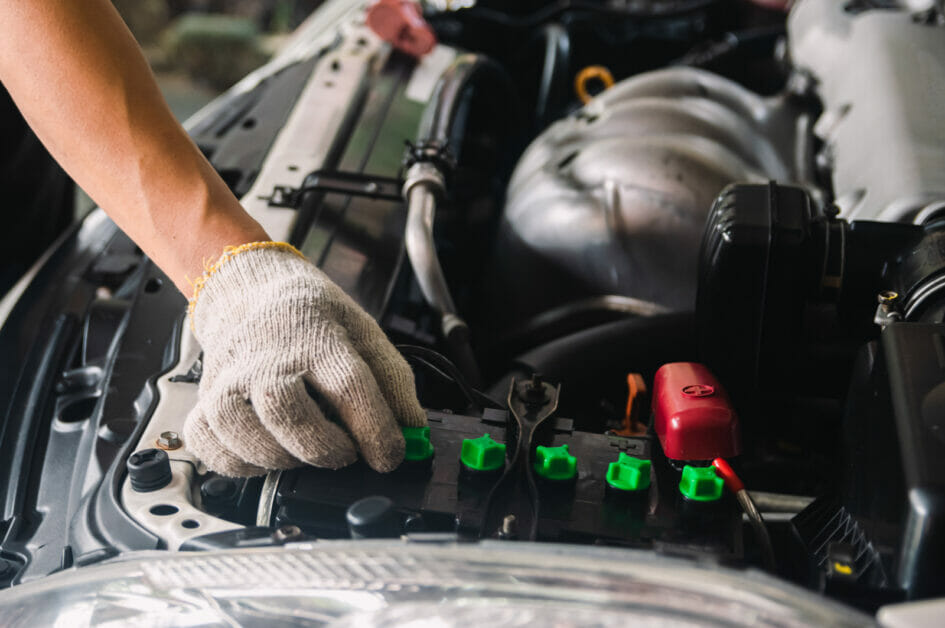
When it comes to the water, you’ll add to the battery; not just any ol’ tap water will do. Avoid using tap water altogether, as it can introduce impurities and minerals that can harm your battery.
You need distilled or deionized water— this helps prevent building up any harmful residues.
Now that we’ve covered safety and water types let’s get down to the nitty-gritty: checking and adding water to your battery.
- First, you’ll want to check the water level in each battery cell. Remove the caps and take a peek inside. You should see that the water level is just below the lead plates. If you notice the plates are exposed, it’s time to add some water.
- Grab the distilled or deionized water you’ve set aside for this, and carefully pour it into each cell, slowly bringing the level up to just below the lead plates. Remember to be gentle and steady while pouring—you don’t want to overboard and overfill the cells.
- Once you’ve topped off the water, replace the caps and securely fasten them back into place. As a final step, make sure to give your battery a good charge because a fully charged battery is a happy battery!
And there you have it, folks! Taking the time to check and add water to your battery can improve its lifespan and performance.
Causes of Low Battery Water
Evaporation
Evaporation is one of the main reasons for low battery water. It’s pretty simple science, really.
As the temperature inside the battery rises, water evaporates and causes the water level to drop.
This might be surprising, but even maintenance-free batteries can experience water loss due to evaporation. So, watch your battery’s water level, especially during the summer.
Overcharging
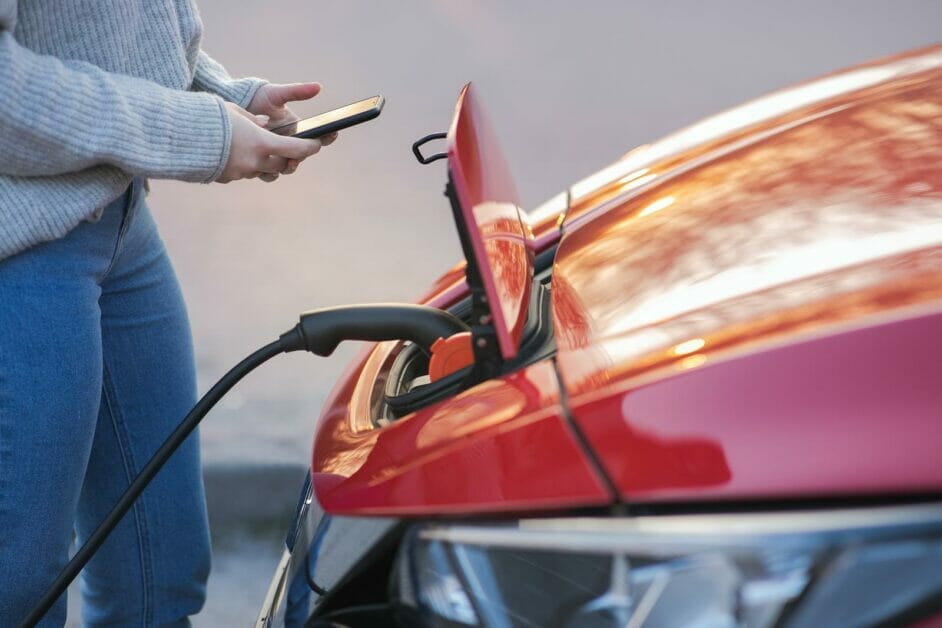
Overcharging can cause your car battery to lose water – When the alternator charges your engine, it can sometimes overcharge the battery.
This process generates heat and increases the rate of evaporation. Not cool, right?
So it’s important to check your charging system regularly to avoid overcharging and keep that battery water level in check.
High Temperature
Here’s something else you should know: high temperatures can lead to low battery water levels. Yep, that’s right. High heat can speed up evaporation due to the weather or your engine’s temperature.
Remember, your car battery is like any other battery – it can’t handle extreme temperatures. So be mindful of where you park your car, and keep it away from direct sunlight or extreme heat sources.
It’s an easy way to make sure your battery stays hydrated and trust me, your battery will thank you!
In short, keep an eye on your car battery’s water level, ensuring it isn’t affected by evaporation, overcharging, or high temperatures. Stay on top of these factors, and you’ll take good care of your battery.
References
Organizations:
- Battery Council International. https://batterycouncil.org/
Books:
- “Battery Reference Book, Third Edition” by Thomas P J Crompton
Websites:
- Battery University. https://batteryuniversity.com/
- Edmunds. https://www.edmunds.com/
- CarBibles. https://www.thedrive.com/
Video Reference
rifgarden

I think this advice is incorrect when you wrote “slowly bringing the level up to just below the lead plates”.
You would want the fluid level to be ABOVE the plates, or the plates would be partially dry and in air.
I thought the fluid level should come just to the bottom of the plastic fill holes, right?